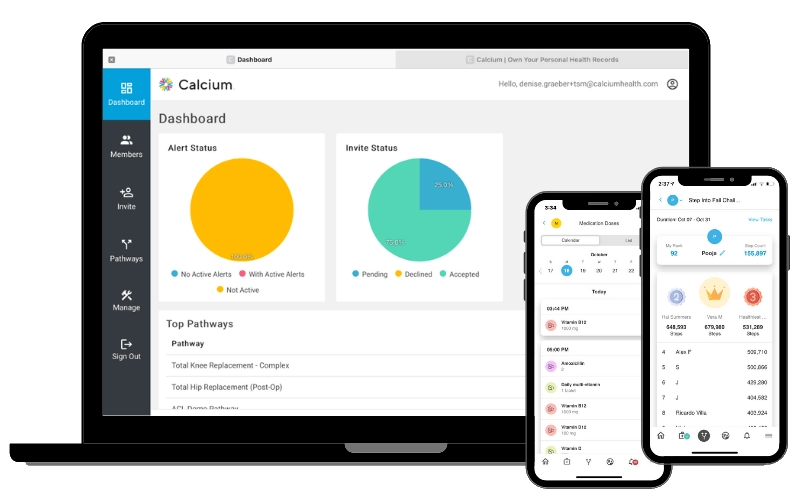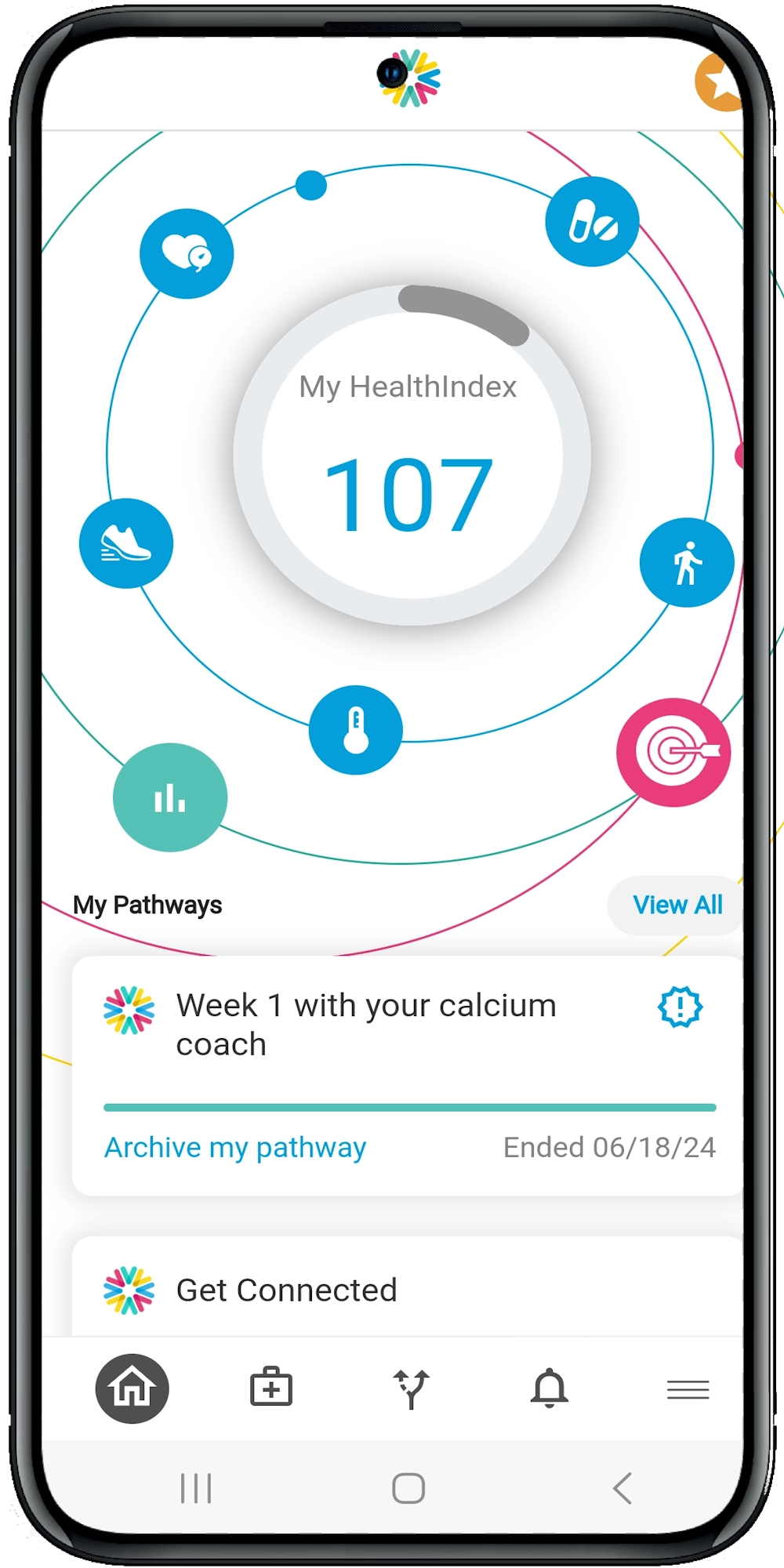Virtual Reality: A New Frontier in Cancer Treatment
The Role of VR in Cancer Treatment
1. Pain Management
Cancer treatment often involves painful procedures and side effects. VR can serve as a powerful distraction tool, helping patients manage pain without relying solely on medication. Imagine a patient undergoing chemotherapy while exploring a serene beach or a peaceful forest. The immersive environment can reduce the perception of pain and anxiety, making the treatment process more tolerable.
2. Patient Education
Understanding a cancer diagnosis and the subsequent treatment plan can be overwhelming for patients and their families. VR can simplify complex medical information, allowing patients to visualize their condition and treatment options. For instance, a VR simulation can show how a tumor looks in the body and how radiation therapy targets it. This visual aid can make it easier for patients to grasp their situation and make informed decisions.
3. Surgical Planning and Training
For surgeons, VR offers a detailed, 3D view of a patient’s anatomy, enabling precise surgical planning. This technology allows surgeons to practice complex procedures in a risk-free environment, enhancing their skills and confidence. Additionally, VR can be used to train medical students and residents, providing hands-on experience without the need for actual patients.
4. Psychological Support
Cancer diagnosis and treatment can take a significant emotional toll on patients. VR can provide psychological support by offering relaxation and stress-relief experiences. Patients can engage in mindfulness exercises, guided meditations, or even virtual support groups. These interventions can help reduce anxiety, depression, and improve overall mental health.
Real-World Applications and Success Stories
1. Cedars-Sinai Medical Center
Cedars-Sinai has been a pioneer in using VR for pain management. Their studies have shown that patients using VR during chemotherapy reported a significant reduction in pain and anxiety levels. The hospital offers a variety of VR experiences, from guided meditation to virtual travel, to help patients cope with the stress of treatment.
2. The Royal Marsden Hospital
In the UK, The Royal Marsden Hospital uses VR to educate cancer patients about their treatment plans. Patients can take a virtual tour of the radiation therapy process, helping them understand what to expect and alleviating fears. This initiative has led to improved patient satisfaction and compliance with treatment protocols.
3. Johns Hopkins Medicine
Johns Hopkins integrates VR into its surgical training programs. Surgeons can practice intricate cancer surgeries in a virtual environment, honing their skills before performing the actual procedure. This approach has resulted in better surgical outcomes and reduced complication rates.
Challenges and Considerations
1. Cost and Accessibility
Implementing VR technology can be expensive, and not all healthcare facilities have the resources to invest in it. Additionally, ensuring that VR experiences are accessible to all patients, regardless of their technological proficiency, is crucial.
2. Clinical Validation
While preliminary studies are promising, more extensive clinical trials are needed to validate the efficacy of VR in cancer treatment. Healthcare providers should stay updated on the latest research and evidence-based practices.
3. Integration with Existing Systems
Integrating VR with existing healthcare systems and workflows can be challenging. It’s essential to ensure that VR tools are compatible with electronic health records (EHRs) and other digital health platforms.
The Future of VR in Cancer Care
1. Personalized VR Experiences
Tailoring VR experiences to individual patient needs can enhance their effectiveness. For example, creating personalized relaxation environments based on a patient’s preferences can improve the therapeutic impact.
2. Remote VR Interventions
With the rise of telehealth, remote VR interventions could become more common. Patients could receive VR-based pain management or psychological support from the comfort of their homes, reducing the need for frequent hospital visits.
3. Enhanced Data Analytics
Integrating VR with data analytics can provide valuable insights into patient responses and treatment outcomes. This data can help refine VR interventions and optimize patient care.
Summary and Suggestions
Virtual reality is undeniably a new frontier in cancer treatment, offering innovative solutions to improve patient care and outcomes. From pain management to surgical training, VR has the potential to revolutionize how we approach cancer care. As healthcare providers, staying informed about these advancements and exploring their applications in your practice can make a significant difference in your patients’ lives.
Ready to learn more? Explore our other resources on digital health strategies or schedule a demo to see how our platform can enhance your cancer care services.





